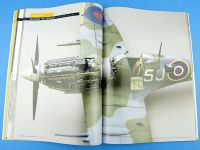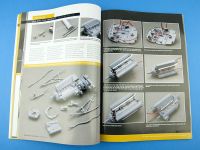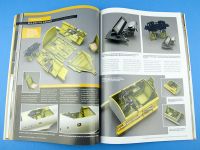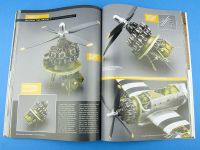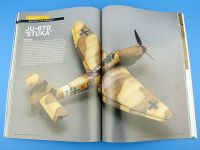ADH Publishing | The Modeller's Guide: Superdetailing, Painting and Weathering
Reviewed by Kevin Futter
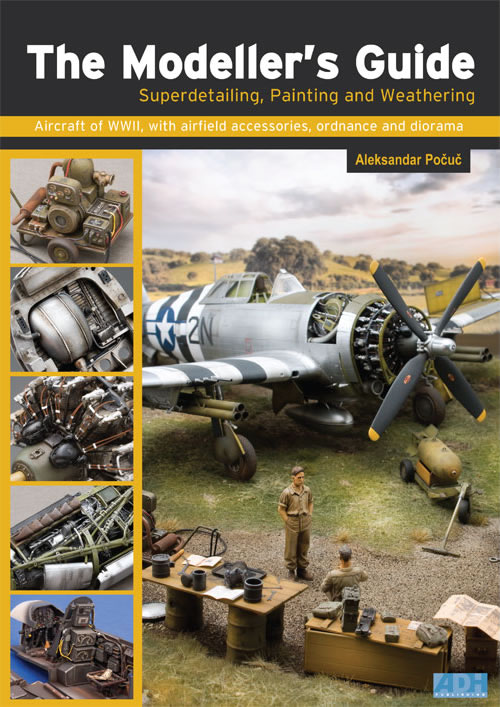
Aleksander Počuč will be well-known to many LSP visitors as the man behind Maketar Paint Masks. Alek has now partnered with ADH Publishing to produce a new book for aircraft modellers, entitled The Modeller's Guide: Superdetailing, Painting and Weathering.
This is a heavyweight tome, clocking in at 178 pages in full colour, printed on quality satin paper stock. There are four main sections to the book:
- Chapter 1: Tools and Materials
- Chapter 2: Techniques
- Chapter 3: Building the Aircraft
- Spitfire Mk. IXc
- P-47D Thunderbolt
- Ju-87D 'Stuka'
- Chapter 4: Making a Diorama
Preliminary Material
The book opens with some personal commentary from Alek, wherein he describes his own history with aircraft modelling. This is followed by a foreword from noted aviation illustrator Richard Caruana, and then a long and somewhat rambling piece by Marjan Urekar from IPMS Novi Sad and IPMS Serbia, entitled Scale Modelling: A Love Story Ready to Assemble. This last inclusion is odd, both in tone and content, and is made all the more difficult to read by being printed in white text over a mustard-coloured background. Happily, this is not where the real value of the book lies!
Chapter 1: Tools and Materials
The meat of the book begins with the first chapter, Tools and Materials, which, at only four pages, is a whistle stop tour through many of the common tools and materials used in scale modelling. The fact that Alek describes the utility of the Unimat lathe is our first hint that this is no ordinary beginner's guide to scale modelling. In fact, it's pretty clear from the outset that this book is really aimed at modellers who already have some experience, and are seeking to improve their knowledge and skills.
Chapter 2: Techniques
This notion is reinforced by Chapter 2, Techniques, which actually focusses on scratchbuilding your own detail parts, rather than (as the name might suggest) how to glue and paint kit parts. Other areas covered include enhancing photo-etched detail parts with paint, opening up access panels, and using paint masks. Each of these techniques is drawn from the ensuing builds, so you get to see them put into practice and used in the context of a full build.
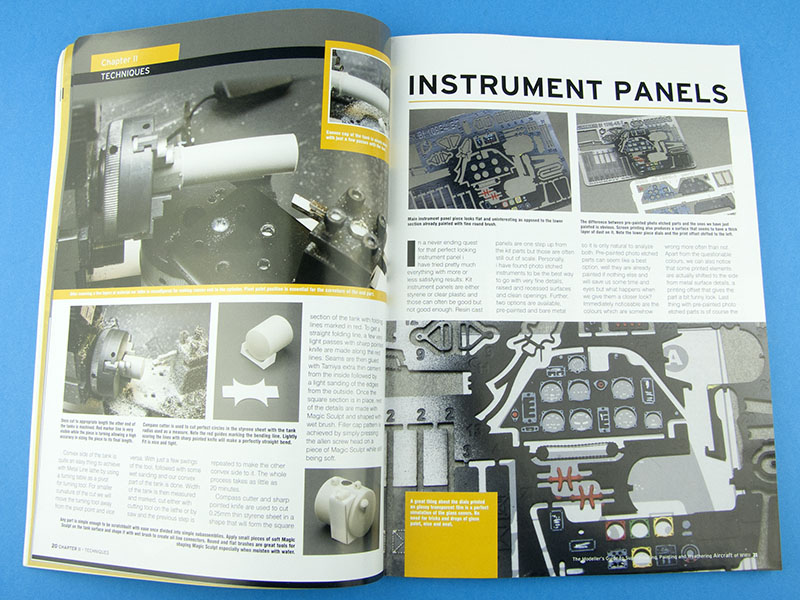
Chapter 3: Building the Aircraft
By now it's clear that the author is a world-class modeller, and his exceptional skills are put to good use in Chapter 3, Building the Aircraft. As mentioned above, only three aircraft builds are featured, but at nearly 50 pages, each is a fully comprehensive build guide of the chosen model. This section makes up the bulk of the book.
- Tamiya 1/32 Spitfire Mk. IXc
- Trumpeter 1/32 P-47D Thunderbolt
- Hasegawa 1/32 Ju 87D 'Stuka'
The material is delivered through a combination of descriptive text and captioned photographs. All photographs are by the author, and are clear and crisply reproduced throughout. There are a couple of issues with the text, however.
The first is that, select passages have been printed using white text over a yellow background, making these sections quite difficult to read in normal room lighting:
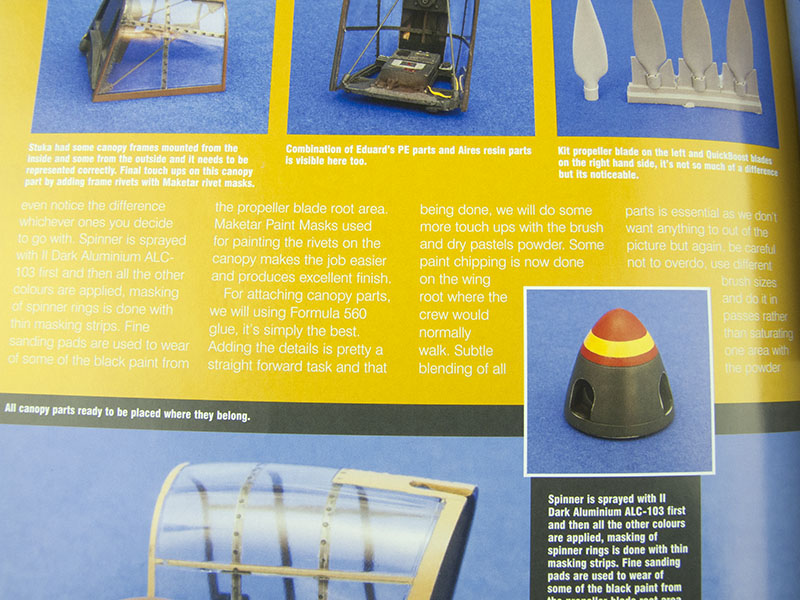
The text appears readable enough under the glare of photo studio lighting, but it has also been zoomed for the photo. Under normal reading conditions, I found this combination of colours quite demanding.
The more serious issue, however, is that despite English not being the author's native language, the text is completely unedited. Spelling mistakes and grammatical and typographical errors abound, and there is some occasional awkwardness of expression. This is a quite mystifying dereliction of the editorial process, and the blame lies squarely at the feet of ADH editorial team, rather than the author. It's unfortunate, but largely does not interfere with the clarity of the information presented.
With that said, the modelling itself is truly inspirational, well-documented, and chock full of hints and tips you can start using immediately. From painting cockpit details to weathering a natural metal finish, the author explores a wide range of approaches and techniques, and the results are breathtaking.
Chapter 4: Making a Diorama
The final section of the book deals with an area of modelling that is not often covered in aircraft modelling titles, and that's putting the finished model in a diorama setting. Alek not only covers building a convincing natural-landscape base, but also scratchbuilding maintenance accessories and modifying figures.
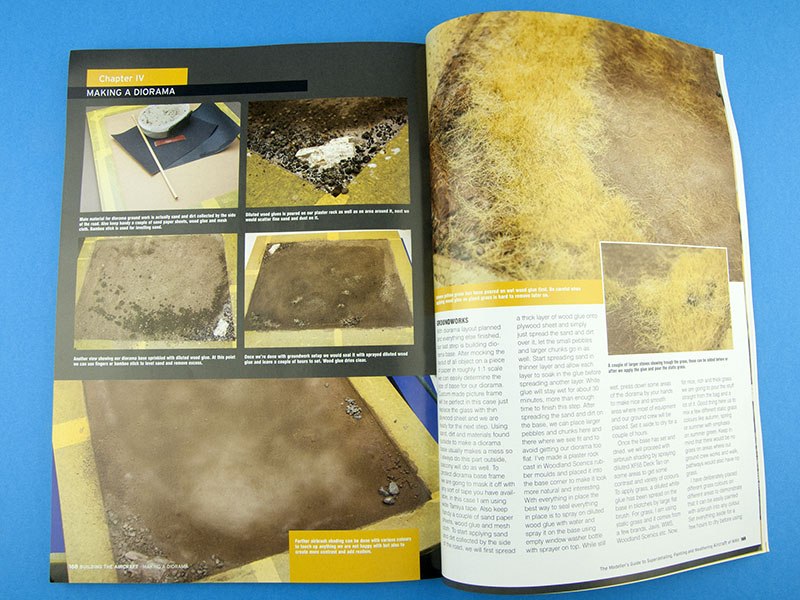
The result (featured on the cover) is highly convincing, and a masterpiece of planning and execution.
Conclusion
Despite some frustrating issues with the text, I found this book inspirational and compelling. There's much to learn within its pages, but also much to admire and take inspiration from. Whether it be scratchbuilding, detail painting, weathering, or composing a diorama, this book gives you plenty to think about. And any book that gives you pause to think I can do that is a success in my book. Recommended!
Thanks to Aleksander Počuč for the review sample.
© Kevin Futter 2015
This review was published on Saturday, July 11 2015; Last modified on Monday, July 13 2015

